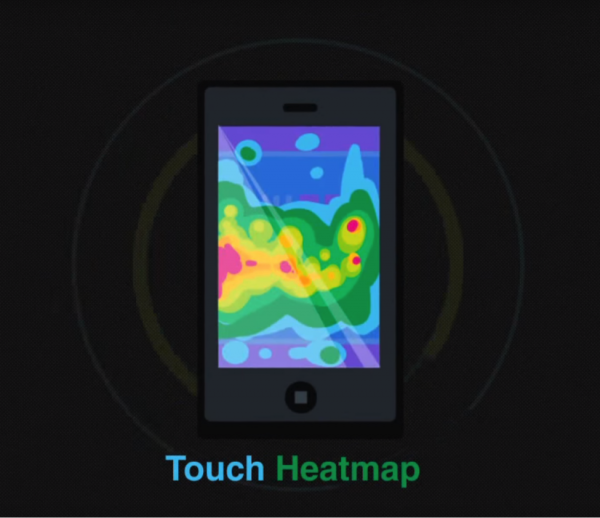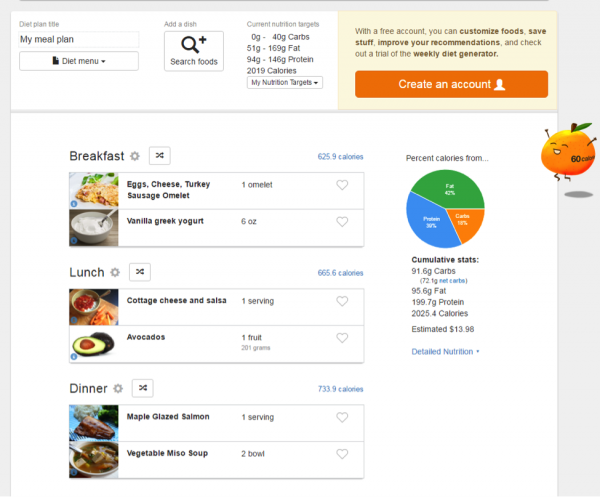
Personalization is the newest frontier for UX professionals. An overall positive user experience for a vast audience is obviously still a goal, but taking collected knowledge about individual users, leads, visitors, or customers whatever the case may be is a fantastic way to increase engagement, sales, or any other conversion goal you like.
But taking a site or app's UX and bringing it down to the individual level is no mean feat. It takes a lot of insight and more than a little careful treading. Let's go over the steps to creating a personalized UX for your users and see what tools or techniques are available to help you on your way.
Gather Data
How can businesses gather the needed data on their users in order to personalize service? Well, if you have the time, resources, budget and expertise you can perform some studies yourself. Things like
- Surveys
- User tests
- Formal interviews
- Analytics analysis
- Etc.
There are plenty of software suites, applications, and even consulting firms to help you on your way. The very first place you should start is with Google Analytics (GA). There are myriad ways to use GA to gauge interactivity on your website.
GA offers what's known as passive data. That is, information that users leave behind just by browsing your site or using your app. This passive data can be very helpful for segmenting, which we'll get to in just a bit.
Start paying attention to the number of returning visitors you have, the pages where your bounce rate increases, the number of pages viewed per visit, time spent on the site, and traffic sources. These will give you a good idea of how engaged your audience is and it will let you know where you need to optimize. Additionally, it will give you insight as to where the areas ripe for personalization are.
Passive data is useful, but limited in comparison to some of the specified data collected by SaaS companies that are dialed into a specific niche. Appsee for example, is a service that caters exclusively to mobile app analytics. It shows touch heatmaps of user activity on their mobile screens.

Image credit: Appsee
Another even more useful feature from Appsee is their user recordings. This records users screens while they're on your app and allows you to see exactly how they interact with your designs. Appsee's service provides what's known as usage data. Even more helpful when working on a PX strategy, usage data allows you to learn from user behavior and implement dynamic content.
There are many other applications and software companies that can offer useful insights as well. Some of the more popular ones are as follows:
The only remaining type of data you need to collect is the active type. Active data is that which the user voluntarily gives you often in a registration process, signup form, survey, or questionnaire. It's very helpful to get this kind of information as it enables you to make more robust user segments.
Speaking of segments
Segment Users

Image source: Wiki commons
Segmenting is the separation of users into broad groups based on common attributes.
How should users be segmented? In as specific a manner as is practical and possible, of course!
Age, gender, socioeconomic status, occupation, device used, browsing behaviour, location, interests, needs, preferences, all of these should be available to you if you've properly utilized your data collection software and/or applications that we've already listed. When it comes to personalization, however, we can narrow our focus within the segments.
Concentrate mainly on:
- Location
- Interests
- Needs
These three metrics will give you a sense of context for your users.
Context is of paramount importance in the process of personalization. It means serving content in a timely and precise manner. You need to know the scenario that a user is going through to understand their pain points. Once you know the pain points, you can identify areas of general friction and improve your overall design. Beyond that, you can identify specific pain points for different groups of segmented users. And in the final stage, you can identify individual habits and serve personalized content to users based on their saved history of behavioural data.
Think of segmentation as a step along the road to personalization. It's not quite the goal but it's a benchmark toward the goal's achievement. The main difference is segmentation is static while personalization is dynamic.
Personalize
Personalization is about learning what the customer needs or wants and delivering that value before they ask. Common examples include
- Product/content recommendation
Think YouTube or Netflix recommendations. Content that's similar to what you've already consumed and/or enjoyed is recommended to you. Amazon's product recommendations also fall within this category.
- Notifications
Rules based feedback loops that are triggered by a user action or attribute. A push notification from Twitter appears when one of your contacts joins the network, for example.
- Active personalization
This one takes user input and creates tailored, highly specified content or recommendations with it. A fantastic example of this concept can be found on Eatthismuch.com. This website lets you fill out a simple, yet surprisingly insightful survey about your diet, and spits out any number of bespoke meal choices for your dietary needs. This web app takes all the guesswork out of dieting.

Image source: Eatthismuch.com
Personalization Best Practices
- Identify touch points:
Pay attention to any moment of contact with a user, what did they do? How can this be leveraged? Remember that personalization is about adding value. How can your interactions with your users be improved?
- Base your offers on rules or algorithms
This is the nitty-gritty. Collected data (passive, active, or usage) should be used to trigger a personalized event. Either a message, a specific piece of content, a custom CTA, or anything else that adds incremental value to the individuals UX.
- Create a lot of content
Personalization means individuals. If you don't have as many content pieces as you do segments for a particular brand of personalization, then what good are your segments? You need to have the resources to support the scope of your personalization strategy.
Don't Be Weird
Finally, lets take a quick moment to acknowledge how stalkerish all of this is. You've got access to information about who your users are, how they behave, what they like, and any number of other things you really have no worldly right to know. Just think how uncomfortable you'd be if a stranger on the street knew the general location of your home, eating habits, preferred dining destinations, occupation, approximate disposable income, and a few of your hobbies.
Now imagine they want to sell you something. Oh, and they don't have a face.
Its creepy! So you really need to take a few steps back and mitigate your own weirdness. Do all of the following whenever possible:
- Ask permission- let people know you want to use their data and ask if its okay.
- Be transparent- explain clearly what data you're collecting and what you'll do with the data you collect.
- Dont sell user info- this really should be pretty obvious, but people are not commodities and neither is their personal data.
- Carefully consider what passive data you use- too much of a good thing is scary. Don't over reach while trying to provide value, lest you frighten some users away.
- Test everything- whatever personalization you end up enacting, carefully monitor the results and see if its having a positive or negative impact. Ask for user feedback to see what exactly they liked or didn't like.
If you follow these steps you should be in good stride to finish the personalization arms race. Just be sure that you don't step on any toes with the knowledge you have.
For more information about personalization, I highly recommend the excellent article by Colin Eagan on AListApart.
Hand-Picked Related Articles:
- 11 Things You Need To Know To Talk About UX
- 5 Ways To Improve UX And Increase Visitor Engagement
- How to Increase Traffic with a Better User Experience
* Adapted lead image: ![]() Some rights reserved by baldiri
Some rights reserved by baldiri
